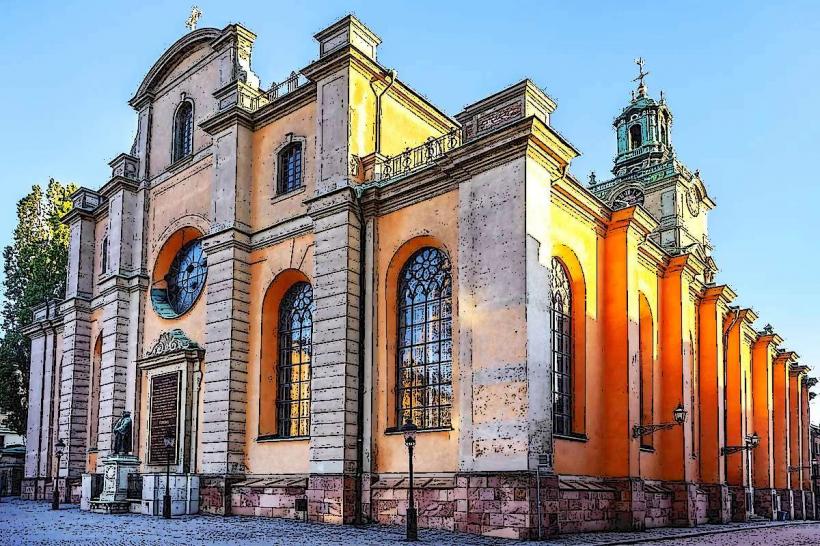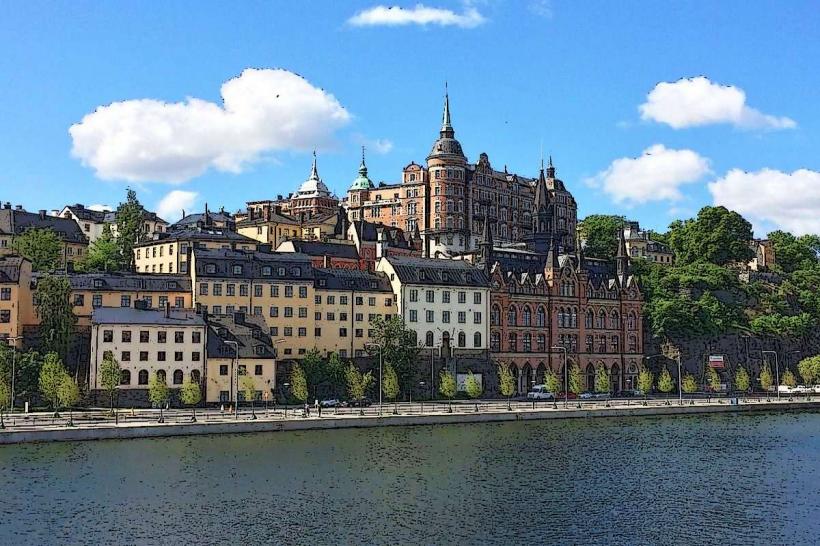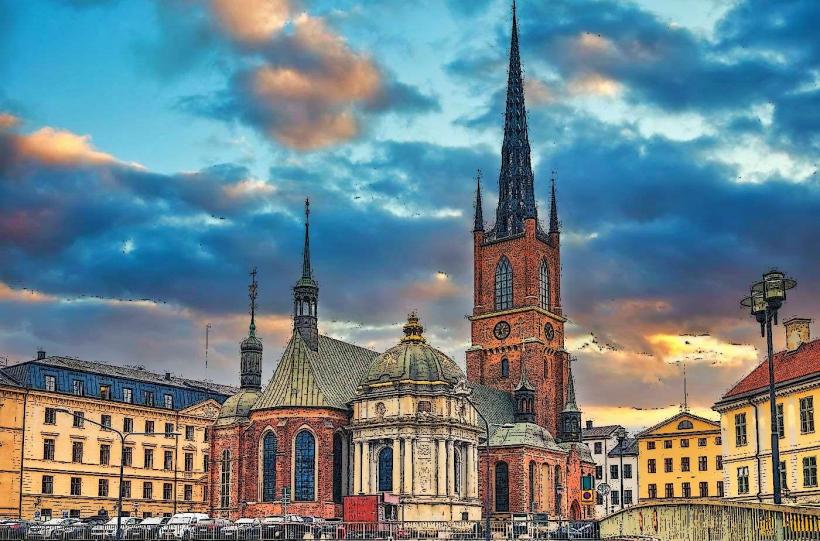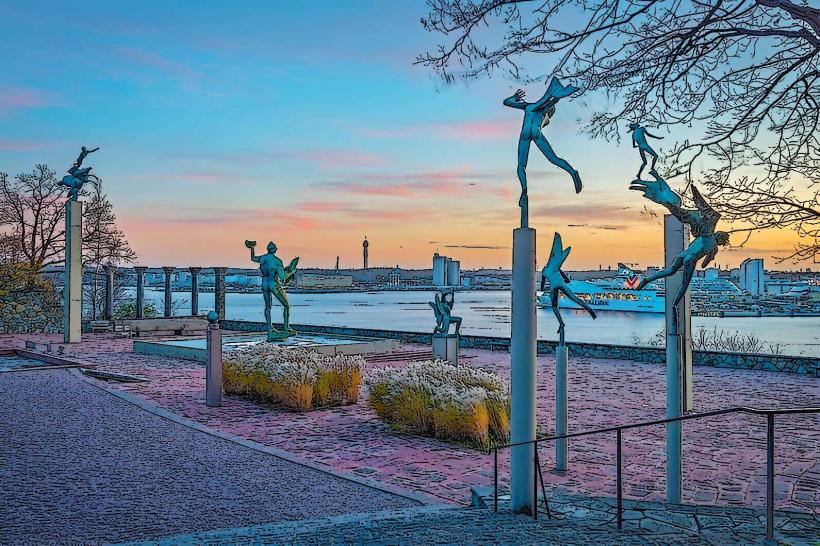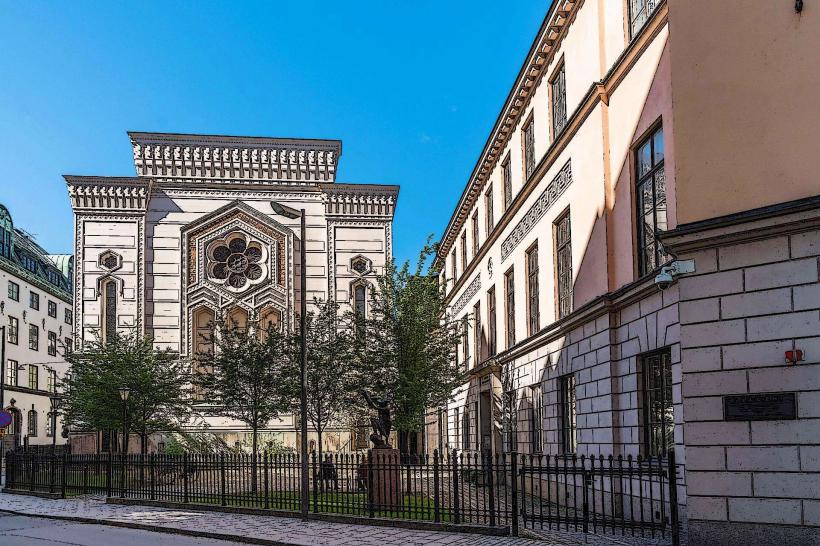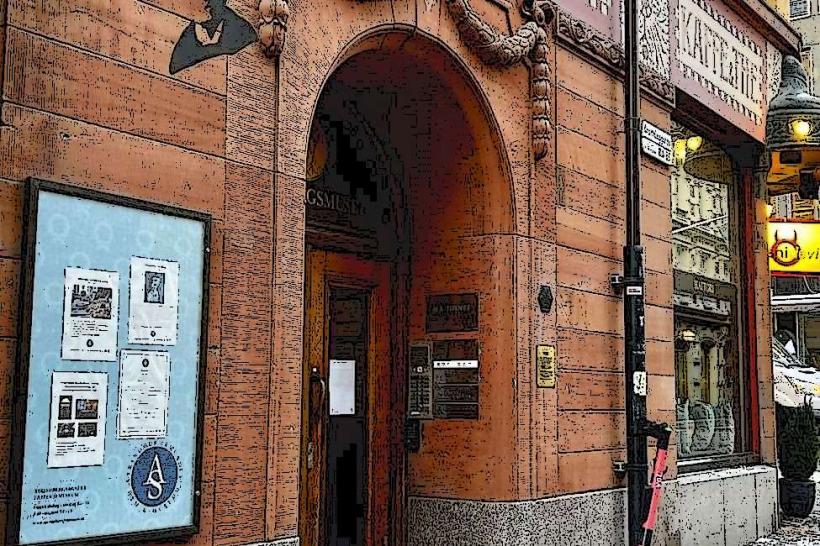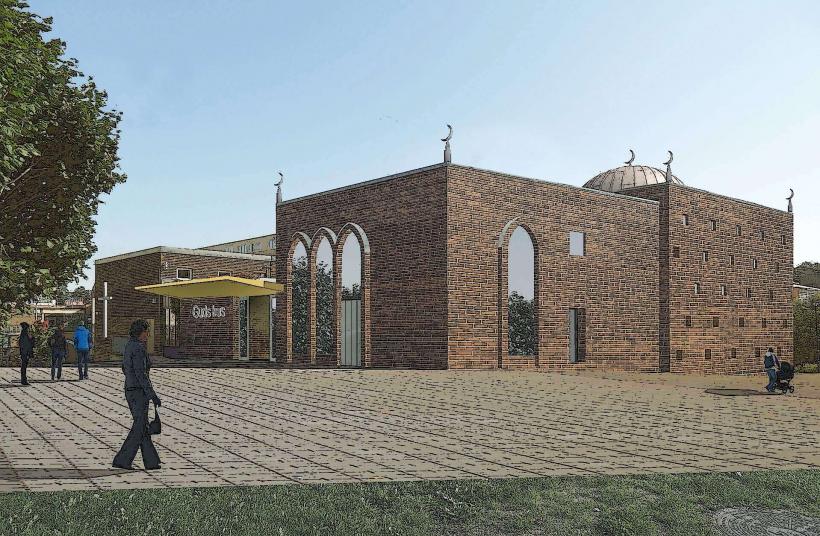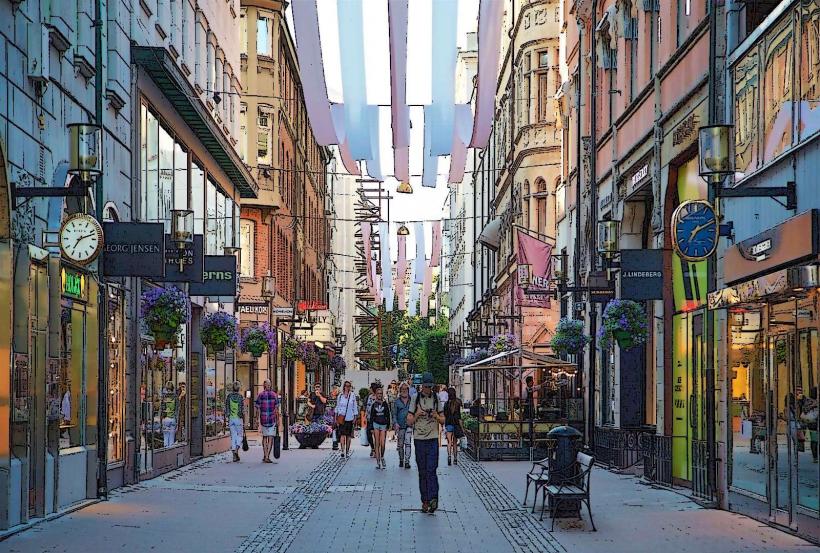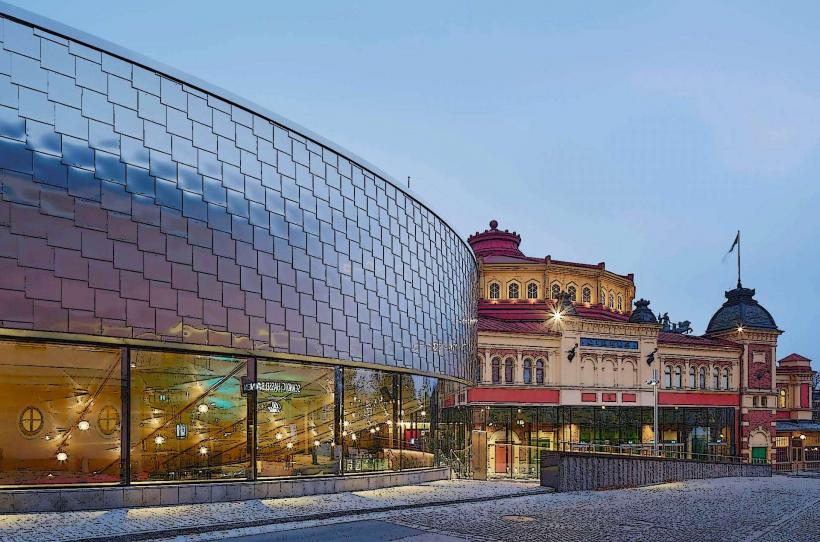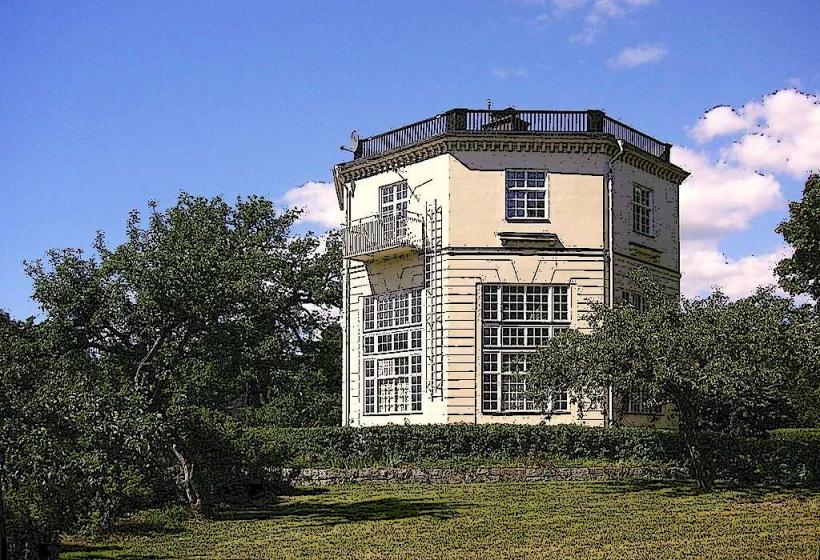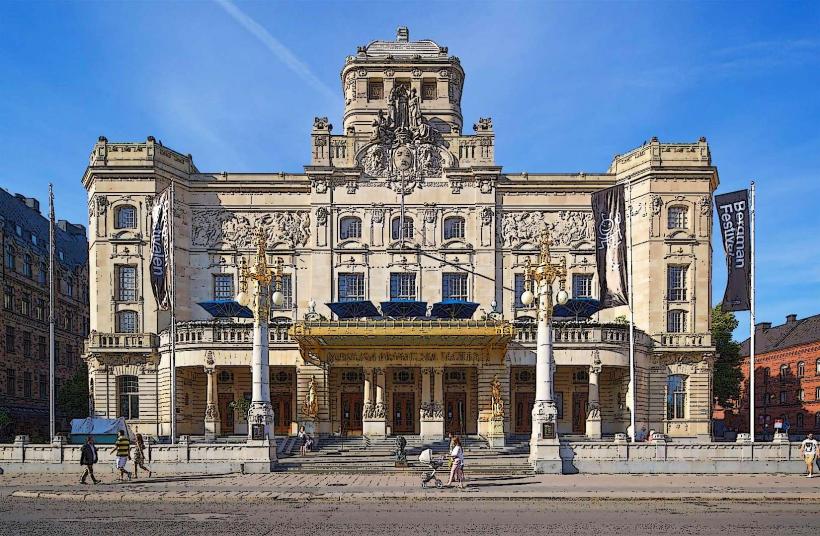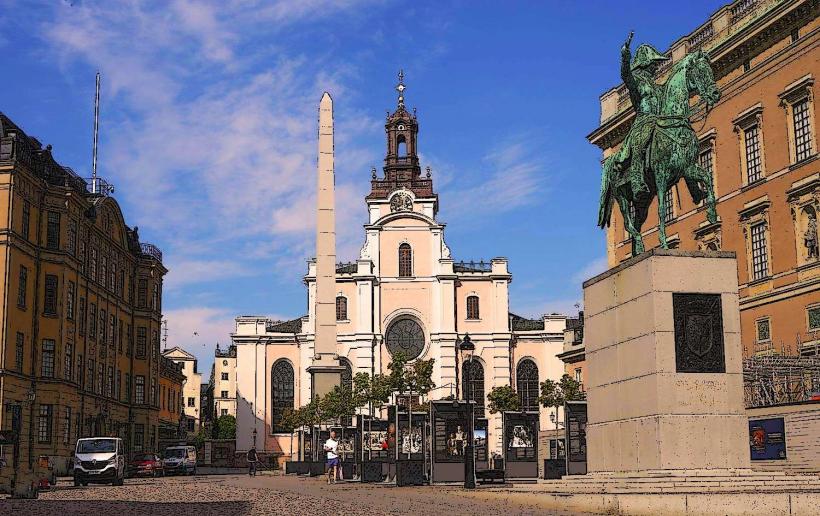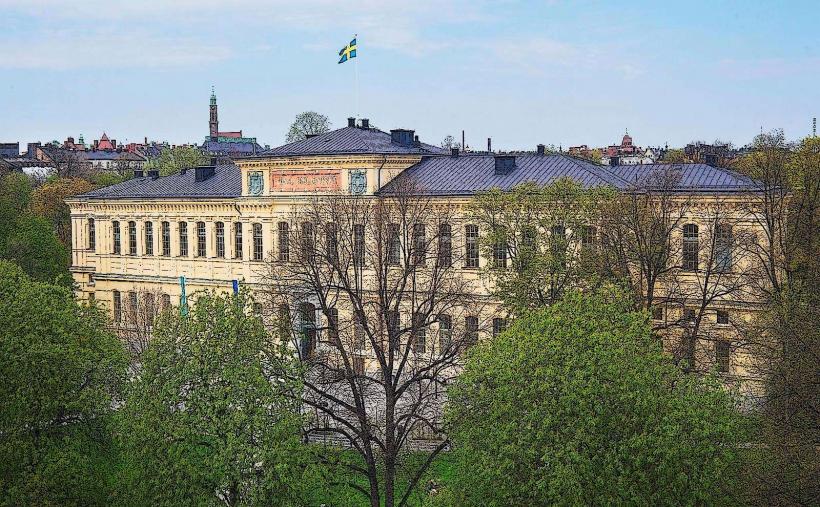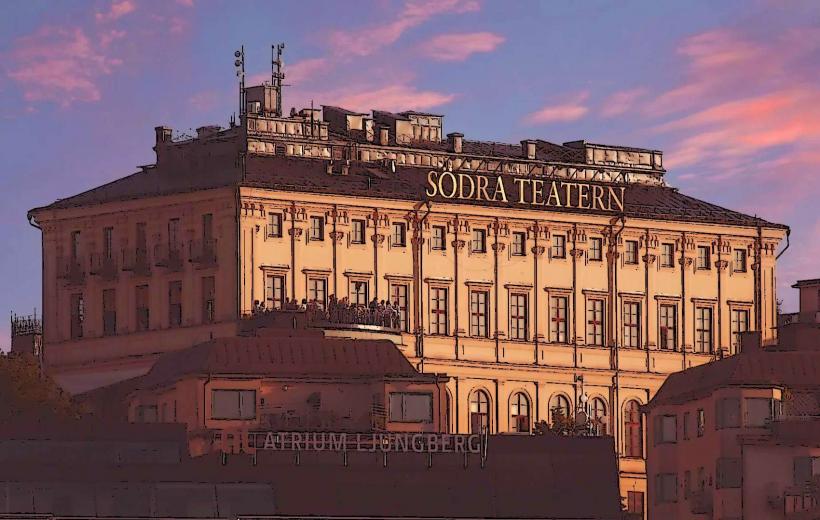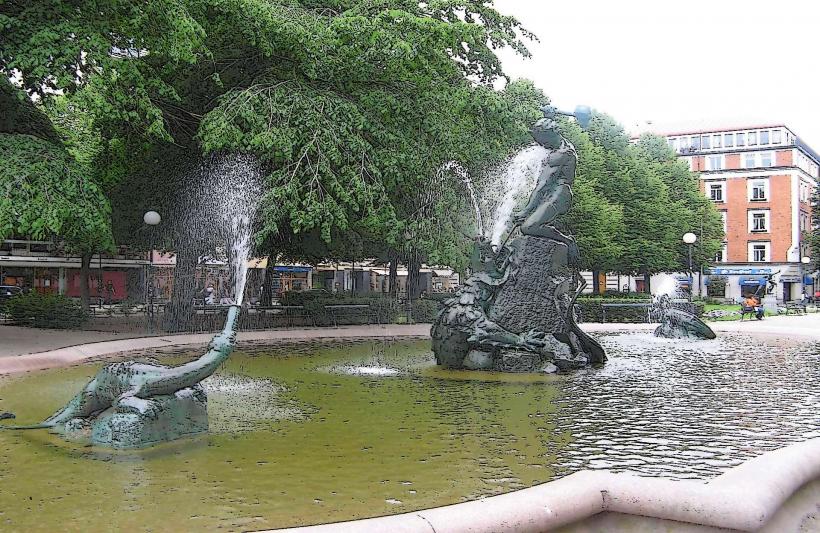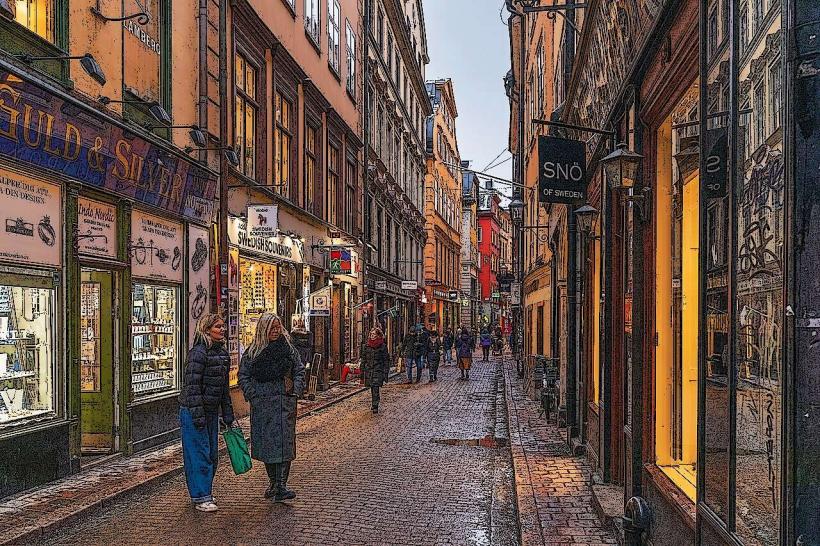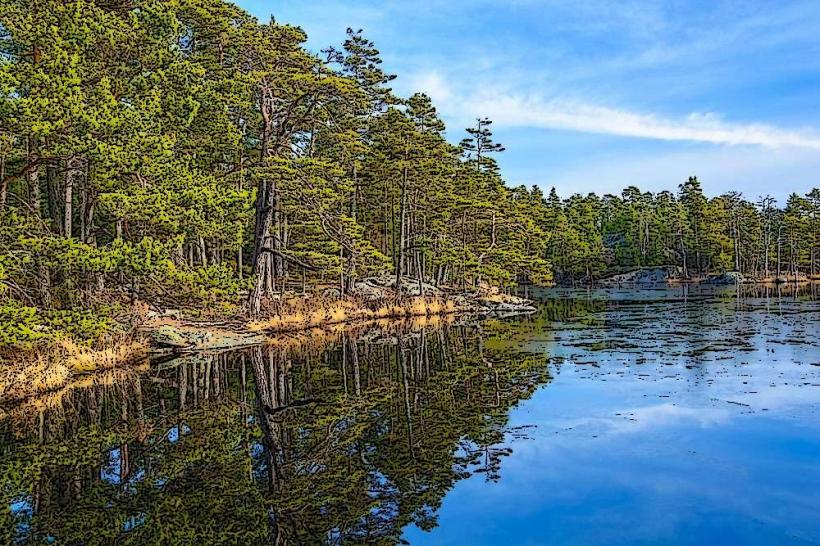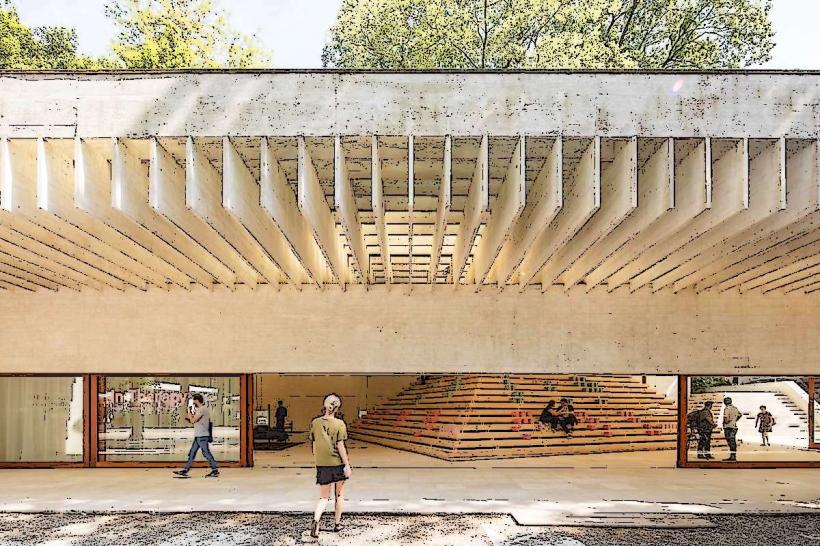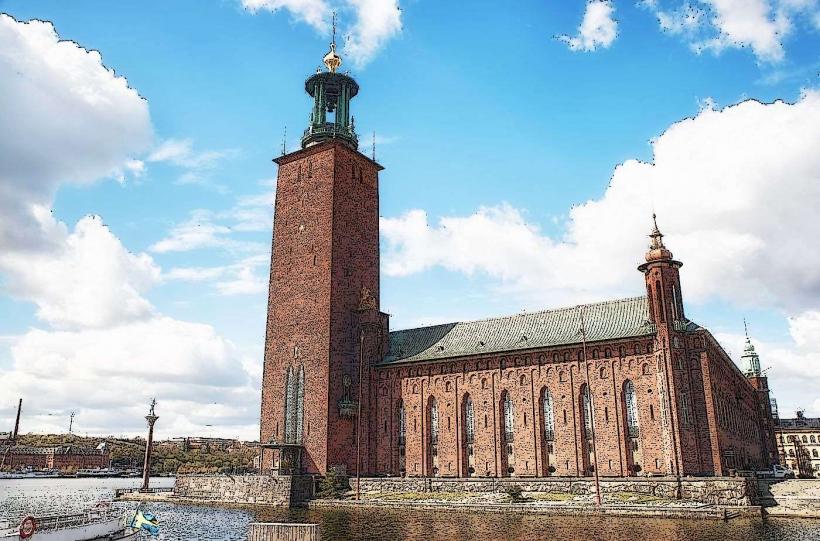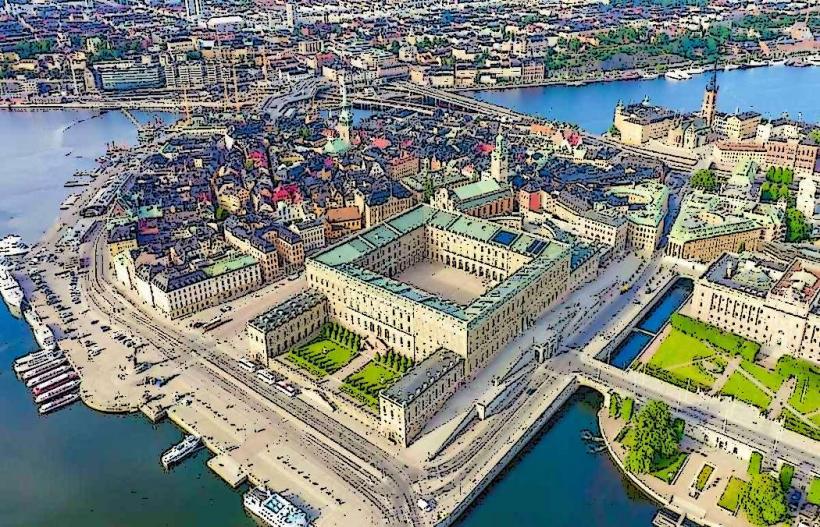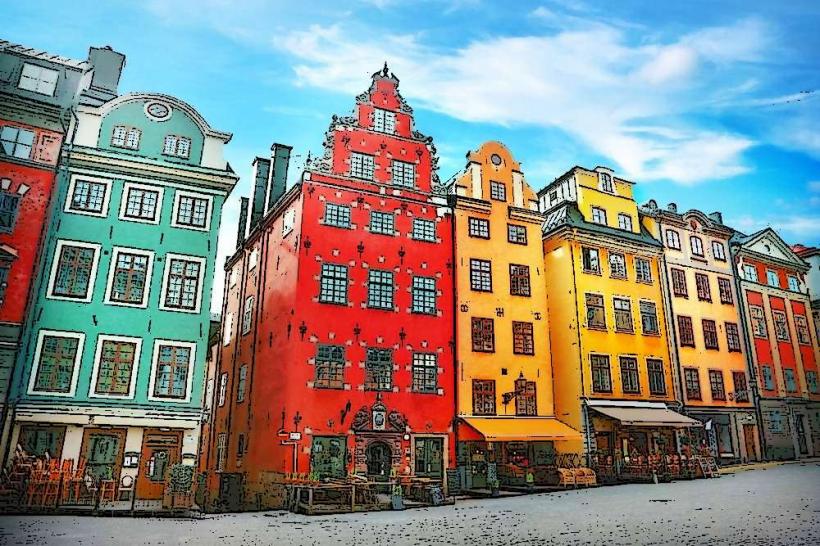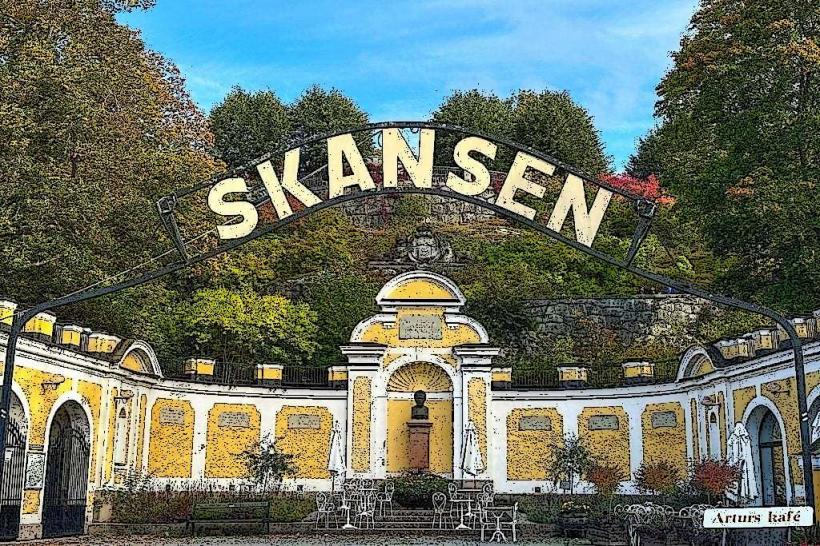Information
Landmark: Swedish Museum of Natural HistoryCity: Stockholm
Country: Sweden
Continent: Europe
The Swedish Museum of Natural History (Naturhistoriska Riksmuseet) is one of Stockholm's most fascinating and educational museums, offering visitors a comprehensive look at the natural world. Founded in 1819, the museum is dedicated to the study and presentation of Sweden’s natural history and the broader global environment. It is renowned for its diverse exhibits, interactive displays, and commitment to education and conservation.
1. History of the Swedish Museum of Natural History
Foundation and Early Years: The Swedish Museum of Natural History was established in the early 19th century, drawing on the rich history of Swedish scientific exploration and natural history research. The museum’s origins can be traced to the Swedish Academy of Sciences, which began gathering collections of plants, animals, and minerals. In the late 19th century, the museum moved to its current location on Frescati Hill in Norra Djurgården, where it continues to thrive today.
Mission and Purpose: The museum’s mission is to promote understanding of the natural world through research, education, and public exhibits. It serves as a key resource for scientists, students, and the general public interested in the earth’s biodiversity, ecosystems, and the history of life on our planet.
2. Architectural Features
Building Design: The museum’s building is an impressive example of early 20th-century architecture, featuring a combination of classical and Art Nouveau styles. The grand facade is adorned with intricate detailing, and the building’s spacious halls and galleries provide an excellent backdrop for the museum’s exhibits.
Interior Layout: Inside, the museum is organized into various thematic sections, each dedicated to a different aspect of natural history. The museum’s large main hall is home to its most iconic exhibit, the "Blue Whale" skeleton, which stretches across the entire space, captivating visitors upon entry.
Exhibition Spaces: The museum features permanent and temporary exhibitions spread over several floors, showcasing diverse natural phenomena, from prehistoric life to modern-day ecosystems.
3. Key Exhibits and Highlights
The Blue Whale: One of the museum’s most iconic exhibits is the blue whale skeleton, which hangs majestically in the main hall. This 19-meter-long skeleton is a striking representation of the largest animal ever known to have lived on Earth. The whale is displayed alongside other marine life exhibits, providing insight into ocean ecosystems.
Prehistoric Life: The museum has a fascinating collection dedicated to the prehistory of life on Earth. It features dinosaurs, early mammals, and ancient reptiles, with life-sized models and interactive displays that help bring this distant past to life. One of the standout features is the dinosaur hall, where visitors can see skeletons of various species and learn about their characteristics, behavior, and evolution.
The Ice Age and Glaciation: The museum also has detailed exhibits on the Ice Age, showcasing the impact of glaciers on the land and climate of Sweden. Visitors can explore how the region was shaped by ice, learn about prehistoric animals such as the woolly mammoth, and discover the connection between ice age fauna and the species we see today.
Swedish Wildlife: The museum has a dedicated exhibit on Swedish wildlife, highlighting the country’s native species. From bears and wolves to moose and lynx, the exhibit presents life-sized models of Swedish animals in their natural environments, providing an in-depth look at the country’s biodiversity.
Biodiversity and Evolution: A key theme throughout the museum is the story of evolution and the planet's biodiversity. Interactive exhibits allow visitors to explore the variety of life on Earth, from insects to humans, and understand the complex relationships that exist between species and ecosystems.
Space and Meteorites: The museum also offers exhibits on space and the cosmos, exploring topics such as the origin of the universe, the solar system, and the impact of meteorites. The museum features an impressive collection of meteorite samples, including a large iron meteorite that visitors can see up close.
4. Interactive Exhibits and Educational Programs
Interactive Displays: The Swedish Museum of Natural History is known for its engaging and interactive exhibits. Visitors can take part in hands-on activities such as sorting fossils, examining animal tracks, or exploring ecological systems through touchscreens and digital displays. These interactive elements are especially popular with children and school groups, making the museum a fun and educational destination for families.
Planetarium: The museum also houses the Cosmonova, a planetarium and IMAX cinema that offers visitors a chance to explore the universe through immersive film experiences. The planetarium shows films about space exploration, the solar system, and other astronomical phenomena, giving visitors a deeper understanding of the cosmos.
Educational Programs: The museum offers a wide range of educational programs, including guided tours, workshops, and lectures for schools and the general public. These programs cover a variety of natural history topics, from evolution to climate change, and are designed to engage visitors of all ages.
5. Conservation and Research
Conservation Efforts: The Swedish Museum of Natural History is committed to conservation and environmental education. It actively participates in research related to biodiversity, ecosystems, and climate change. The museum’s collections are used not only for public exhibits but also for scientific research in fields such as botany, zoology, geology, and paleontology.
Global Impact: The museum collaborates with international research institutions and conservation organizations, sharing its knowledge and expertise on environmental issues. It is also involved in global efforts to raise awareness about sustainability and the protection of endangered species.
6. Visitor Information
Location: The museum is located at Frescativägen 40, in the northern part of Stockholm, close to Norra Djurgården. It is easily accessible by public transport, including buses and the underground (Metro), with a short walk from Universitetet Station.
Opening Hours: The museum is typically open every day, with extended hours during peak seasons. It is closed on certain holidays, so it’s advisable to check the museum’s website for the most up-to-date opening hours.
Admission: The museum generally has an entrance fee, though some parts of the museum, like the lobby and certain temporary exhibitions, may be free. Discounts are available for students, seniors, and groups, and the museum also offers free admission on certain days, such as during national holidays.
Café and Shop: The museum has a café offering a range of food and drinks, including sandwiches, pastries, and beverages. The museum shop sells a variety of natural history-related products, such as books, educational toys, gifts, and replicas of fossils and minerals.
7. Conclusion
The Swedish Museum of Natural History is a must-visit for anyone interested in the natural world, from the origins of life on Earth to the wonders of space. With its diverse exhibits, interactive displays, and commitment to education and conservation, it offers visitors a rich and informative experience. Whether you're fascinated by dinosaurs, interested in Swedish wildlife, or curious about the cosmos, this museum provides something for everyone, making it an essential cultural and educational destination in Stockholm.


